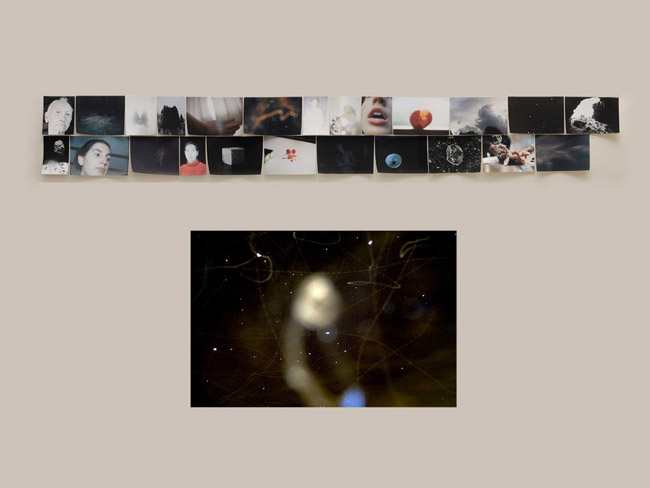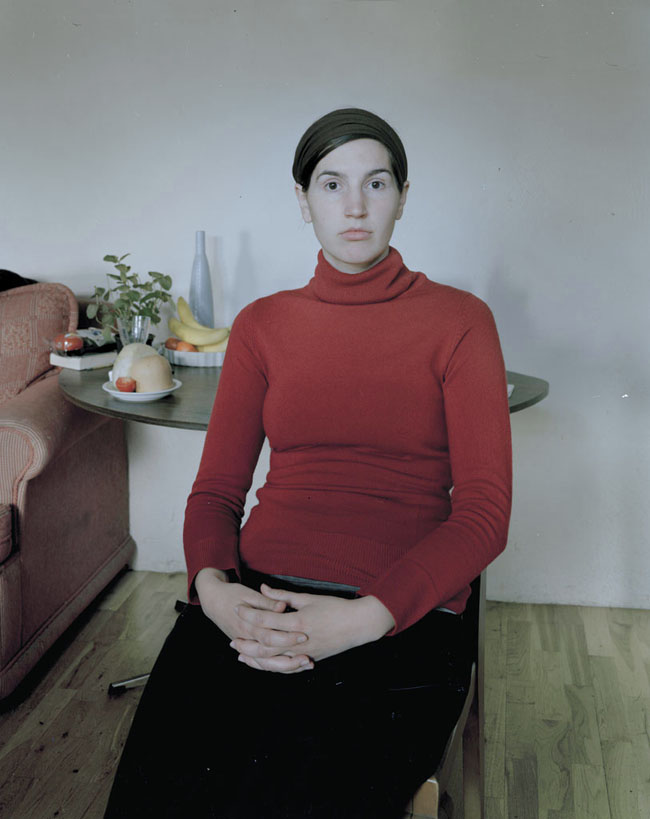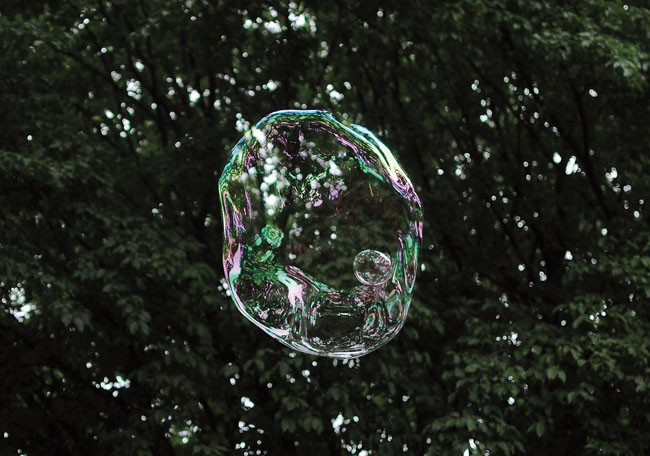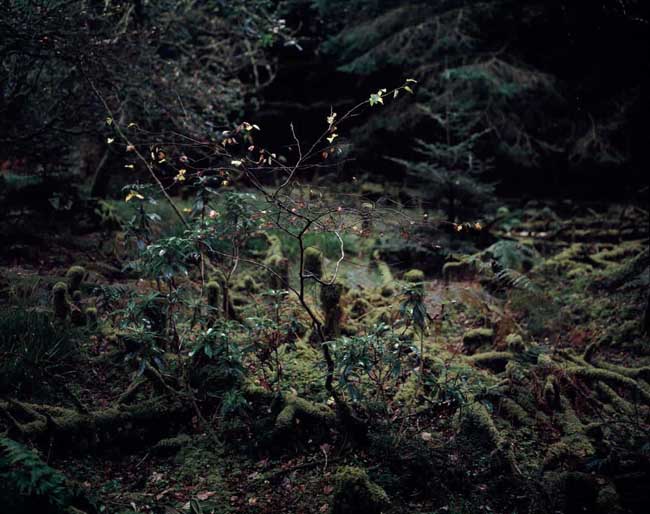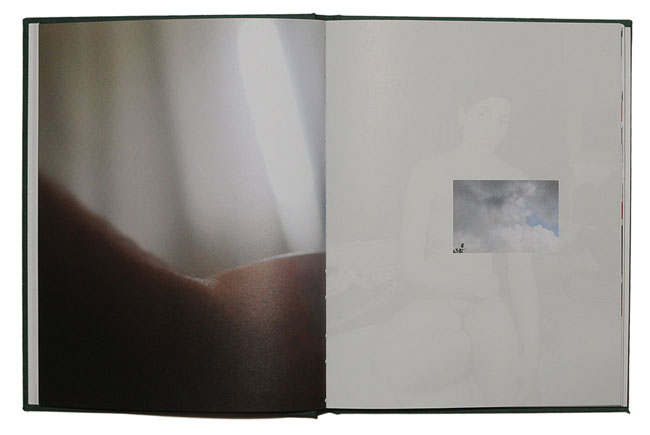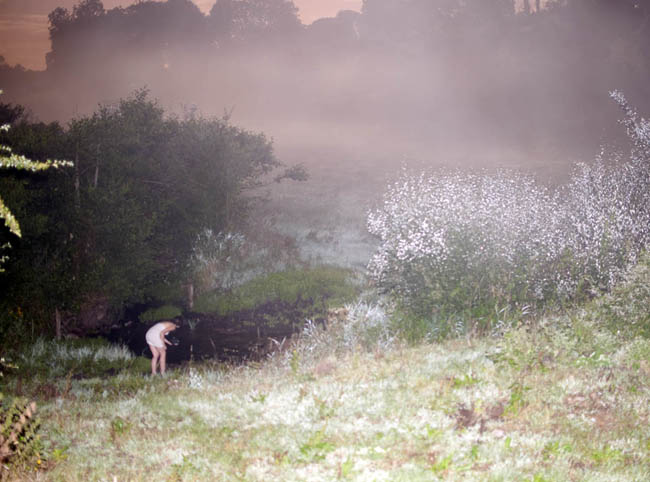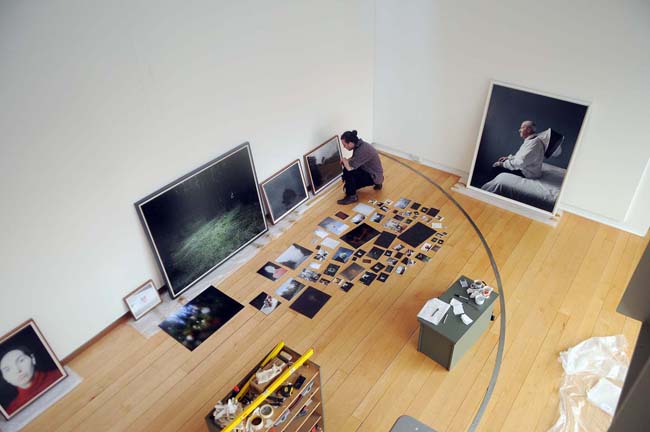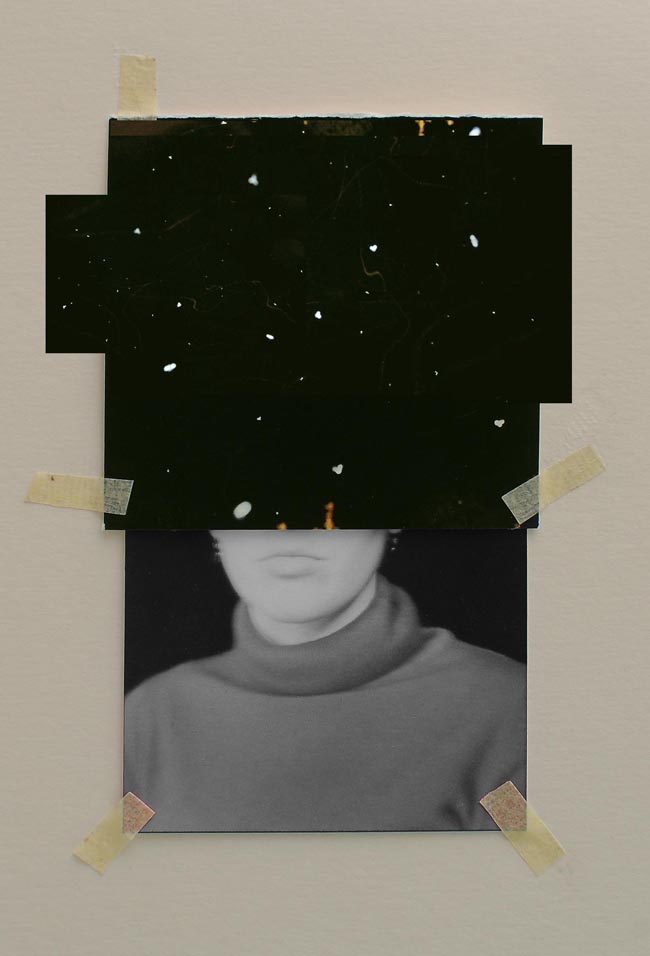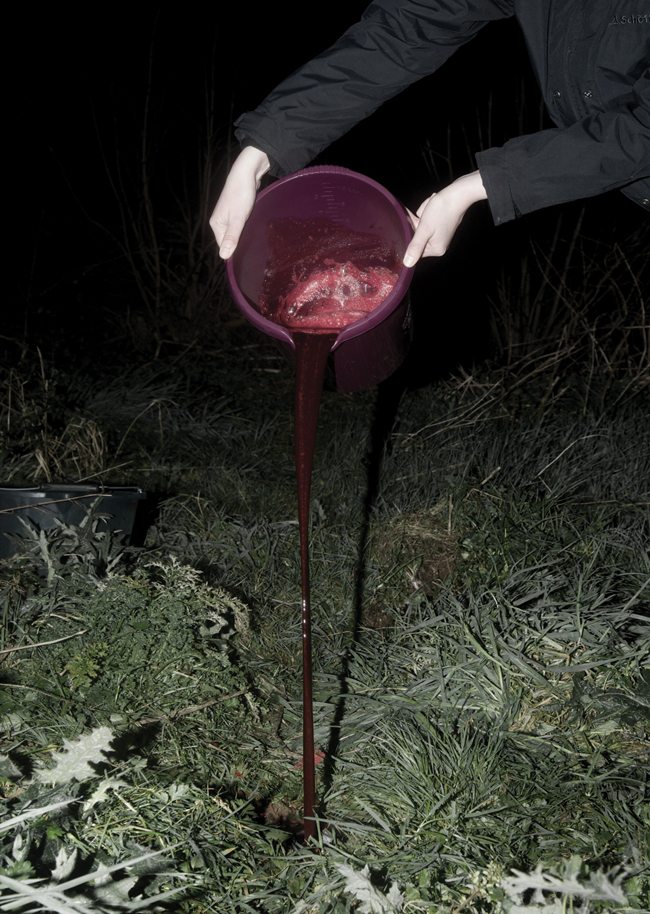Patrick Hogan: At the Centre
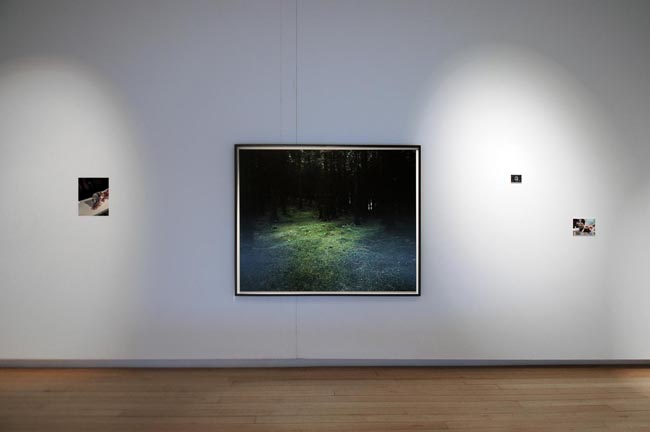
Although it is a familiar notion that photographers tell stories, this effort is by no means restricted to the simple matter of illustrating a series of events. Instead, the photographer can also appear at the centre of a narrative, the point around which it revolves – a sort of implicit presence that frames the unfolding story as an extension of a singular perspective. The viewer of the work then enters into that role, essentially sharing the space once occupied by the photographer, which is not just a descriptive space, but an emotional one as well. It should go without saying that this convergence is essentially a kind of fiction made possible by the conditions of photography as a medium, with all its suggestive incompleteness. But there is nonetheless a complex narrative effect created by the tension between what can actually be seen and what must be assumed.
The pictures that make up Patrick Hogan’s series Still aim to evoke (and, sustain) a particular mood, the nature of which remains purposefully elusive, though it is undeniably embodied by the photographs themselves – this extends, not surprisingly, to how the work is presented, with a diverse set of strategies that move between large, formal images and small, thematic groupings, with these in particular making for a wonderfully intimate viewing experience, due to their diminutive scale and jewel-like quality of surface. Encountered as self-contained objects, they are also a solid grounding for the full-scale works, as the smaller pieces are often a privileged view of the artist thinking through the themes that come to fruition elsewhere. A certain sense of restlessness pervades the work, but the largest images, most of which are portraits, have a demanding sort of poise to them.
Hogan has developed this series as a loose continuation of an earlier project that dealt with the experience of isolation in a rural setting. Here he retains the literary tone, but his stylistic choices are more diverse and the range of the work is considerably broadened, while not wholly departing from an exploration of the landscape, albeit a distinctly personal, subjective one. This is a closed – if deep – emotional territory mapped directly onto the world that surrounds him, which then takes on the metaphorical significance of these same interior states. That is, however, no guarantee of their accessibility and nor should it be; their very state of openness is a key strength. There is an anxiety to the pictures, all the more effective for being framed in such an indirect way, casting these experiences as a succession of real, but ultimately fugitive encounters. In the portraits, especially, an ambiguous tone prevails – these are characters in a fiction shaped from the uncertain present.
The presence of a dark-haired young woman, who returns our gaze with tangible self-possession, is virtually a leitmotif throughout the pictures. Like all the work, these pieces move through different emotional registers, visible in how Hogan shifts stylistically, testing the capacity of both his own imaginative resources and the limits of photography as a medium. How he sees this woman – or rather, how she allows herself to be seen – has a startling intimacy that is not quite matched elsewhere in the series. This is perhaps not surprising, as the varied emphasis is what helps to make the particular intensity of these pictures more readily apparent. Part of the risk these methods entail is in losing the coherence of a more traditional narrative structure, but, as such, the occasional dissonance only serves to deepen the overall effect. Hogan extends even the smallest gestures of the everyday into a series of poetically resonant encounters.
